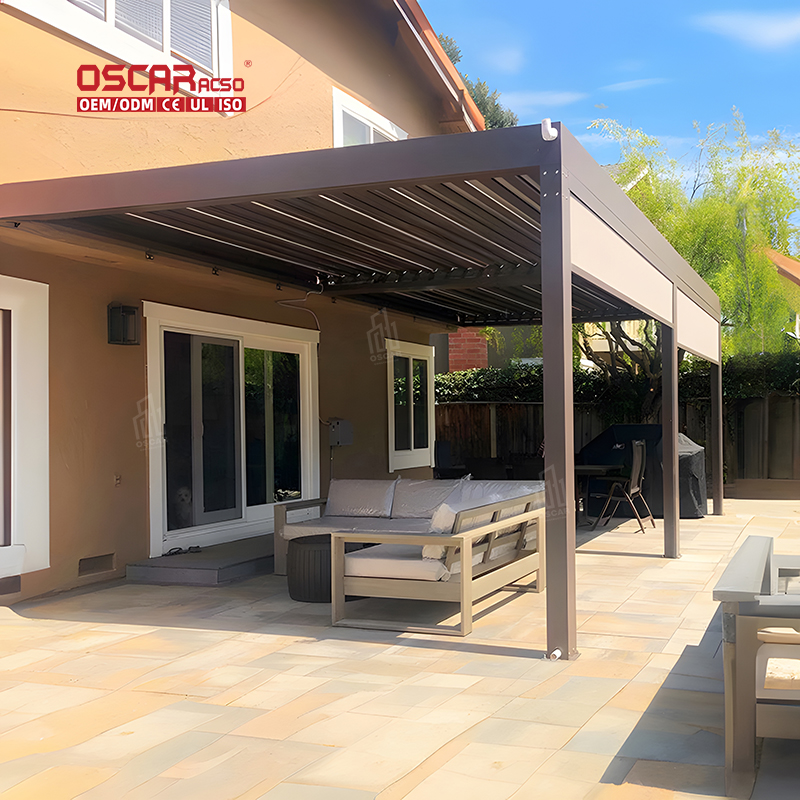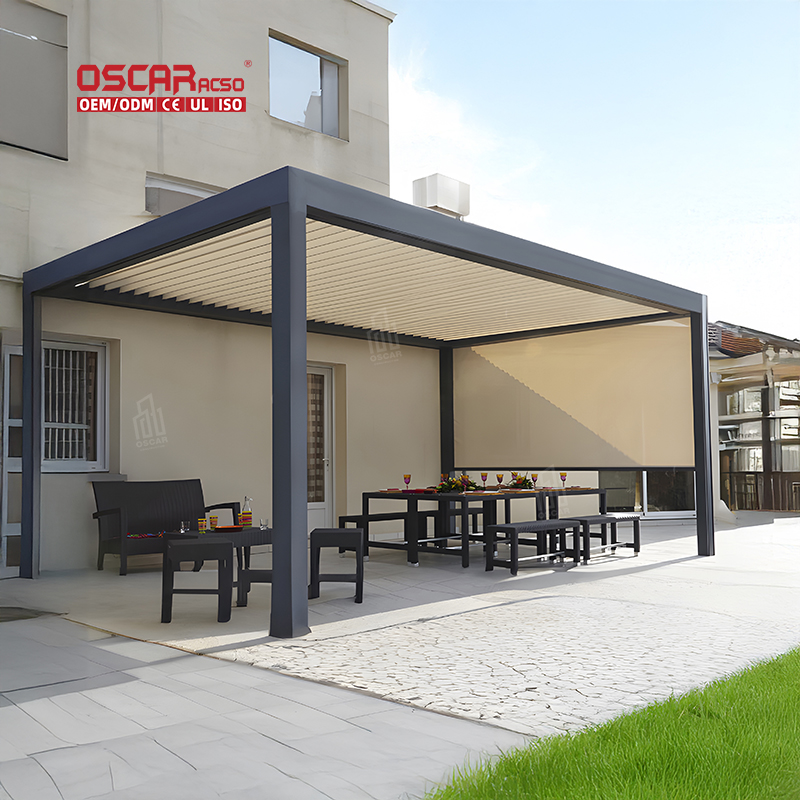Pergola Staining Frequency, Unlock the Secret to Lasting Beauty and Protection
A beautifully stained pergola is the crown jewel of any backyard oasis 😊. But that vibrant color and robust protection d...

A beautifully stained Pergola is the crown jewel of any backyard oasis 😊. But that vibrant color and robust protection don’t last forever. Understanding how often to stain your pergola is the key to preserving its beauty and structural integrity for years to come. Let’s dive into the factors that determine the perfect staining schedule for your outdoor haven.
Why Staining is Non-Negotiable 🔍
Think of stain as your pergola’s superhero cape 🦸. It’s not just about aesthetics; it’s a protective shield. Quality stain defends against the arch-nemeses of outdoor wood:
- •
Moisture Intrusion: Prevents warping, cracking, and rot.
- •
UV Damage: Stops the sun from graying and weakening the wood.
- •
Mold & Mildew: Inhibits the growth of unsightly and damaging fungi.
- •
Insect Attacks: Makes your pergola less inviting to pests.
Regular staining is the most effective way to extend the life of your investment, potentially for decades .
The Golden Rule: How Often Should You Stain?
While a common benchmark is to restain every 3 to 5 years , this is not a one-size-fits-all answer. The truth is, the ideal frequency hinges on a blend of several critical factors.
Your pergola’s staining schedule depends on a mix of climate, material, and exposure. A precise timeframe is unique to your situation .
Key Factors Influencing Your Staining Schedule 🌦️
1. Local Climate & Weather Patterns
.jpg)
Your local weather is the biggest dictator of your staining schedule. Homes in regions with:
- •
Intense Sunlight & Heat: Require more frequent staining due to accelerated UV damage and drying.
- •
High Humidity & Rainfall: Need vigilant maintenance as moisture is a constant threat, promoting mold and wood rot.

- •
Harsh Winters with Snow/Ice: Demand robust protection from moisture and freeze-thaw cycles.
In some climates, like Guelph, Canada, staining may be needed every 2-3 years, or even annually under heavy exposure, compared to the 5-year typical lifespan in milder areas .
2. Wood Type Matters
The material of your pergola plays a huge role:
- •
Cedar & Redwood: These premium woods have natural oils that resist rot and insects. With proper care, they can last 15-25 years or more. Staining enhances their natural beauty and protects them from the elements .
- •
Pressure-Treated Pine: A cost-effective option, but it often requires more frequent maintenance as it’s more prone to rot and mold if not properly sealed .

3. Stain Type & Quality
The product you choose has a direct impact on longevity:
- •
Oil-Based Stains: Typically penetrate deeper into the wood, offering superior protection and durability. Many experts recommend translucent oil-based wood stains for wooden pergolas .
- •
Water-Based Stains: Easier cleanup and faster drying, but may not last as long in harsh conditions.
- •
Transparency Level: Solid stains (opaque) generally offer the maximum UV protection and longevity but hide the wood grain. Semi-transparent and transparent stains showcase the grain but may need to be reapplied more often .
4. Exposure to the Elements
A pergola in a wide-open, sunny backyard will weather faster than one nestled in a partially shaded garden. Direct, all-day exposure to sun, wind, and rain will accelerate the breakdown of the stain finish.
Don’t Wait for Failure: Signs It’s Time to Restain 🔍
Before the calendar tells you it’s time, your pergola will send signals:
- •
The Water Test: Sprinkle water on the wood. If it soaks in instead of beading up, your sealant is shot.
- •
Fading Color: The stain has lost its vibrancy and looks dull or gray.
- •
Peeling or Flaking: You can see bits of the old stain chipping away.
- •
Visible Wear: The wood feels rough, splintery, or shows early signs of discoloration like mildew.
The Right Way to Restain: Preparation is Everything 🛠️
A successful staining project is 80% preparation and 20% application.
- •
Proper Cleaning: First, clean your pergola gently. Use a damp washcloth, a bristle brush, or a light spray from a garden hose. Avoid power washers, as they can damage the wood . For mildew or stubborn grime, a mix of mild detergent or a specialized wood cleaner with water is effective .
- •
Complete Drying: Ensure the wood is completely dry before applying any new stain. This is crucial for proper absorption.
- •
Address Repairs: Sand away any rough spots or splinters. Tighten any loose hardware.
- •
Ideal Conditions: Stain on a dry day with moderate temperatures (ideally between 10°C and 27°C or 50°F and 80°F) and no rain forecast for at least 24-48 hours .
Beyond Staining: Ensuring Maximum Longevity 🌟
Staining is a core part of maintenance, but other practices are equally important:
- •
Annual Cleaning: Gently clean your pergola at least once or twice a year to remove dirt, debris, and organic matter that can trap moisture .
- •
Regular Inspections: Every few months, check for structural issues, loose fasteners, or early signs of pest damage and address them promptly .

- •
Trim Surrounding Foliage: Keep plants and vines trimmed back to improve air circulation and prevent moisture buildup .
A little proactive care throughout the year can significantly extend the time between major staining projects.
DIY vs. Professional Help: Which is Best for You?
You can certainly stain your pergola yourself—it’s a rewarding DIY project. However, for complex issues, difficult-to-reach areas, or if you simply value your time, hiring a professional can be a wise investment. They bring expertise, proper equipment, and high-quality products, often leading to a longer-lasting finish .
独家见解: The 80/20 Rule of Pergola Maintenance
Based on the data from various sources, a fascinating pattern emerges: approximately 80% of a pergola’s potential lifespan is determined by the consistency of its first 5 years of maintenance. A cedar pergola that is meticulously cleaned, sealed, and stained within the first few years of installation can easily last 20-30 years. In contrast, one that is neglected early on might only reach a fraction of that age, even with attempted intervention later. This underscores that early and consistent care is the ultimate secret to longevity, making those initial maintenance cycles the most critical investment you can make .



.jpg)
.jpg)